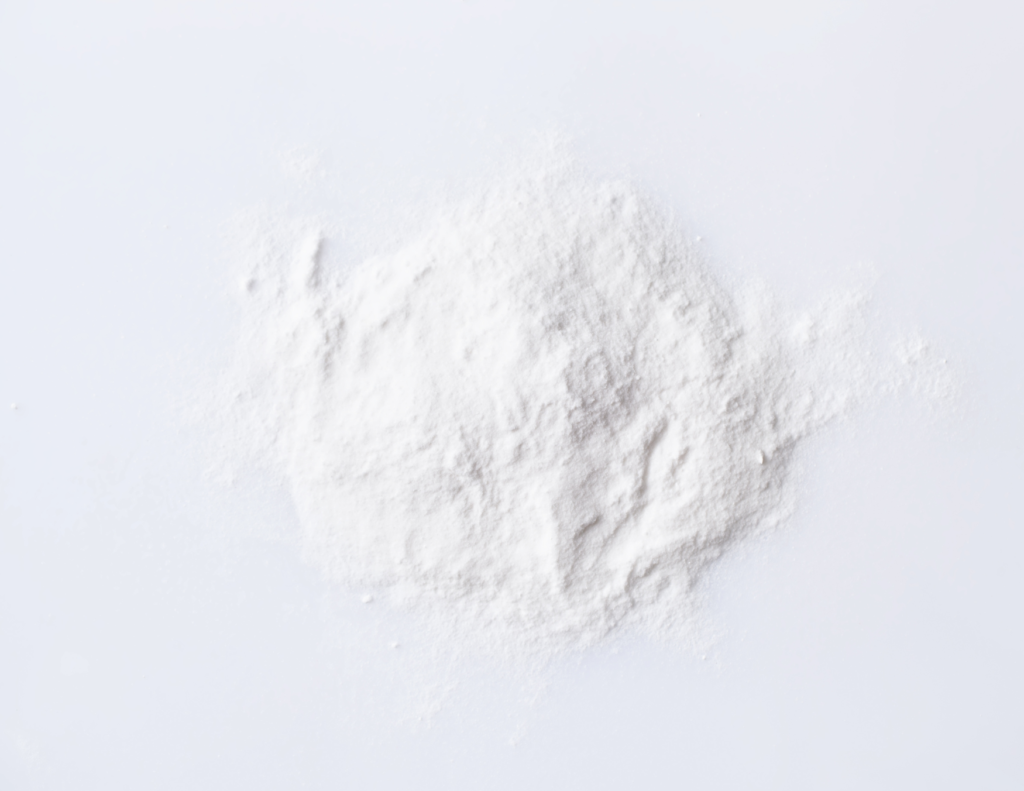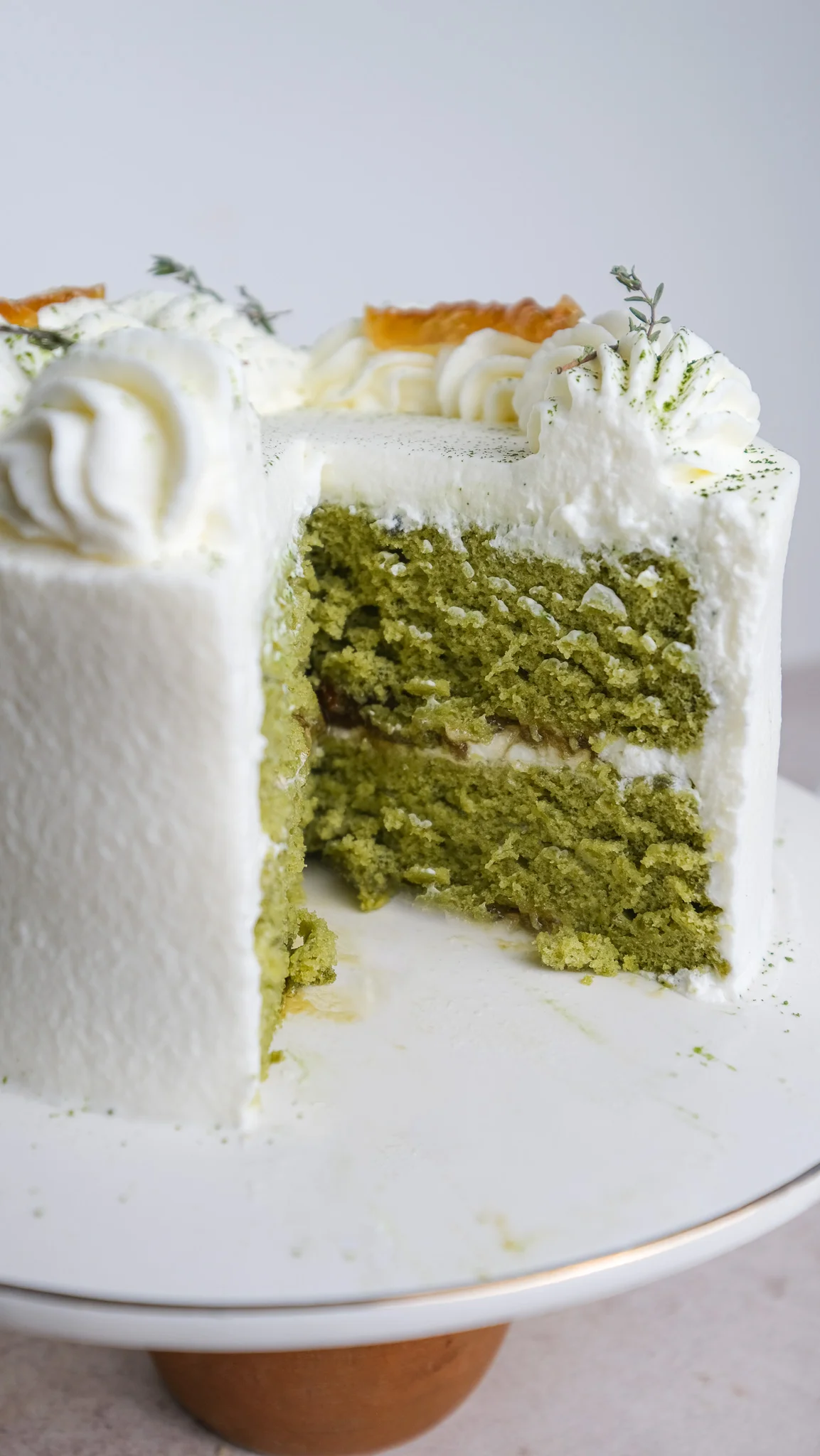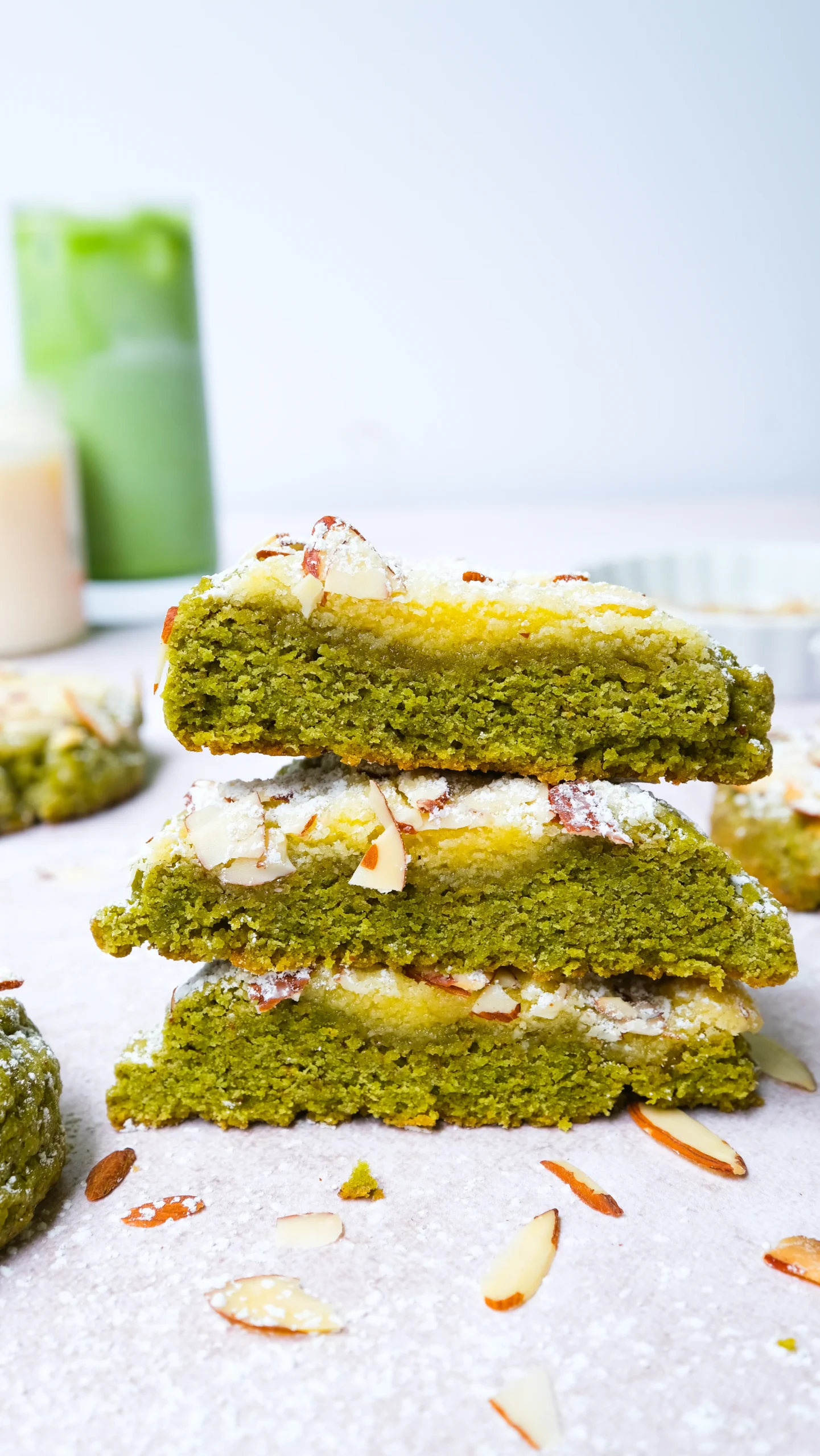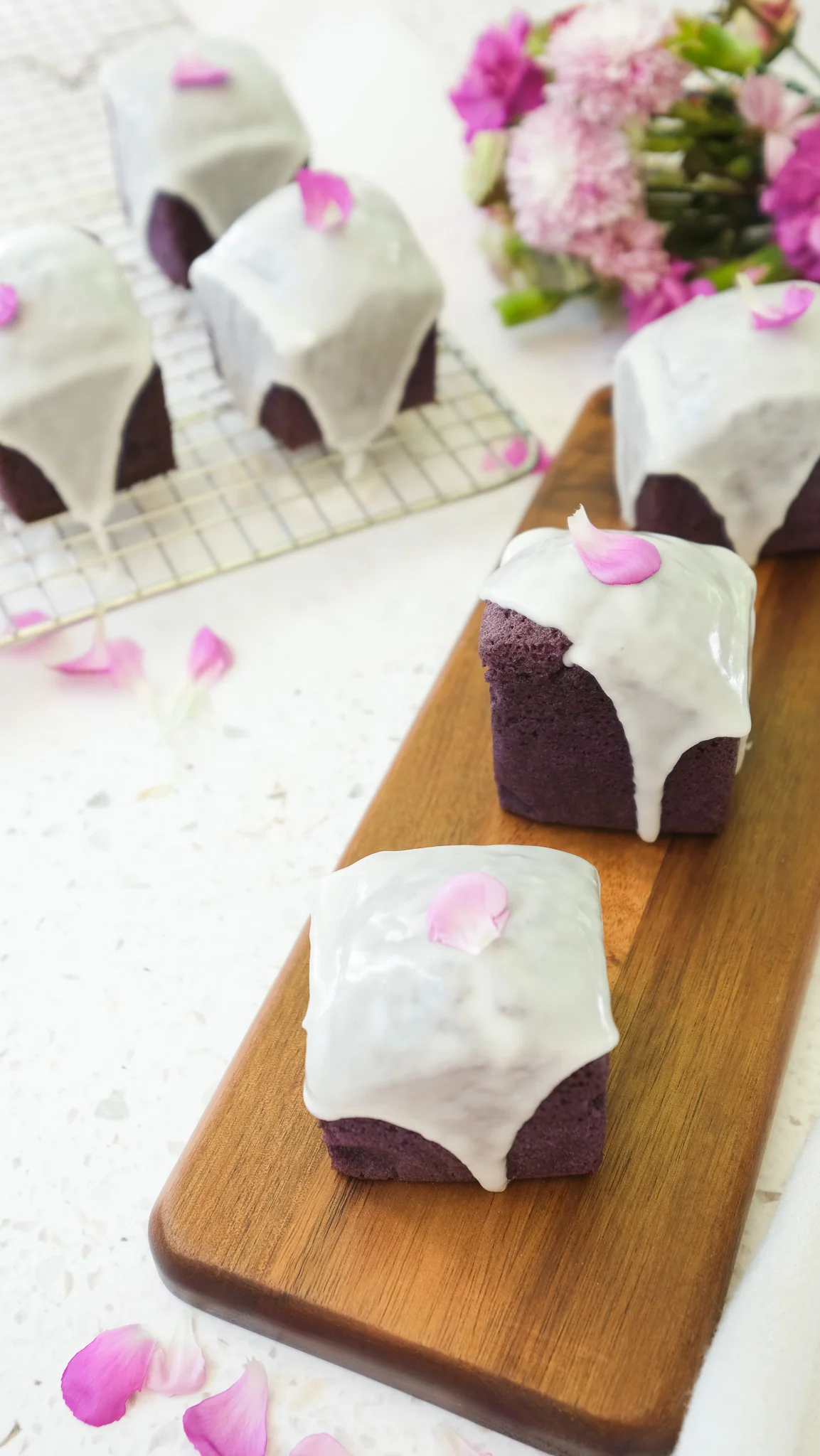Discover the secret to perfect baking! Learn the distinction between baking soda and baking powder for delicious baked treats.

Baking is fun until you have an accident.
Have you ever been excited to bake something for yourself or a friend, only to realize you used baking soda instead of baking powder? Did you hope and pray that it would still turn out okay?
Well, I've been there! The first time I can remember this happening was probably in the 8th grade. There was a chocolate chip cookie contest and I failed. I don't remember why and how it happened, but my cookies were flatter than pancakes. All I could see was a thin crisp cookie with some chocolate chips. I knew right away I must have misused baking soda and baking powder.
What is the difference between baking soda and baking powder:


Baking soda is a type of leavening agent used in baking that makes baked goods rise. When combined with an acidic ingredient it causes a chemical reaction that creates air pockets in the batter or dough, causing it to expand or rise during baking. This helps to give your baked goods a light and fluffy texture.
Examples of acidic ingredients are buttermilk, sour cream, lemon, brown sugar, chocolate, coffee, cocoa, honey, yogurt and molasses,
Baking powder is a combination of baking soda, an acid (usually cream of tartar), and a moisture absorber (usually cornstarch). Did you know that when you mix baking powder with liquid and heat it up, it produces carbon dioxide gas? This causes the mixture to expand and become fluffy. The great thing about baking powder is that it can work with or without an acidic ingredient because it already has the acid needed for a reaction. If you're baking cakes, biscuits, or muffins, it's important to use "double-acting" baking powder. This type of baking powder releases gas when mixed with liquid and again during baking when exposed to heat. This helps your baked goods become light and fluffy instead of dense and hard.
Baking with Baking Soda:
- You'll notice that a recipe that calls for baking soda often will include an acidic ingredient like buttermilk, yogurt, lemon juice, or vinegar. Baking soda needs an acid to work.
- A general rule of thumb is for every 1 cup of flour use ¼ to ½ teaspoon of baking soda.
- A recipe will usually call for all the dry ingredients to be mixed together. This ensures that the baking soda will be evenly distributed throughout the batter.
- When adding acidic ingredients to recipes, it's crucial to quickly transfer the batter to the oven.The chemical reaction between the baking soda and acid will start immediately.
- Using too much baking soda can leave a metallic taste and affect the texture of your baked goods.
- For better storage of baking soda, it should be kept in a cool and dry place, and it is advisable to replace it once every three months.. If the baking soda is old and expired, it will not work properly. To test this out spoon some baking soda into a small bowl and add an acid to the baking soda. If it fizzes immediately, then the baking soda is still good to use.
- It is 3 to 4 times stronger than baking powder.
- Helps with browning, spreading, and crispness in cookies.
Baking with baking powder
- Sometimes you'll see baking powder and baking soda in a recipe. This helps create perfect balance in a recipe. Or the baking soda needs help from baking powder to achieve the product desired.
- Double acting baking powder: The first process of when the baking powder is activated is when it hits the wet ingredients, the second process is when it hits the heat. This is why some recipes can be refrigerated and used for a couple of days without changing the results.
- If a cookie/brownie recipe calls for baking powder this essentially means it will create a more thick, fluffy and cake like product. For example, if you don't like cakey brownies then don't use a recipe that calls for baking powder, and if it does then it should have just a little amount just to give it more lift. The same for cookies.
- If you easily wanted to achieve more lift to fluffy pancake without having to whip egg whites add more baking powder.
- To test baking powder sprinkles some baking powder into hot water, if it fizzes it is still good for use.
I hope you have gained some knowledge about baking soda and baking powder. If you are curious about why your baked goods turned out wrong, these ingredients are among the top 10 possible culprits. Understanding their chemistry will assist you in creating perfect recipes for yourself and your loved ones.
Recently in my oven recipes:




